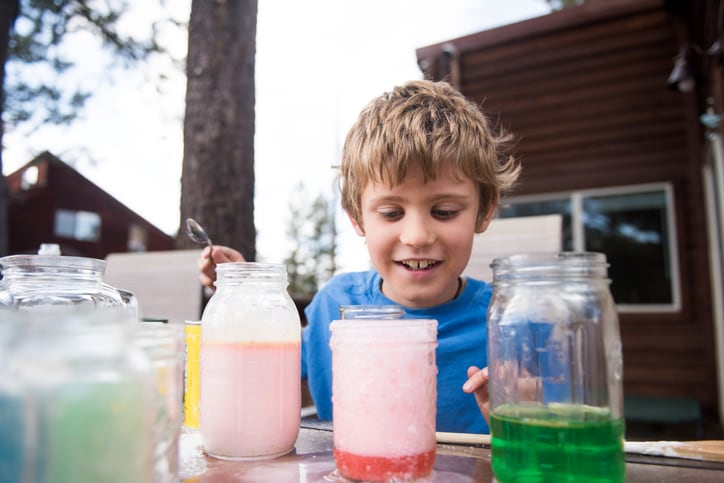Science has a lot in common with magic: it’s fun to watch, it makes incredible things happen and it sparks kids’ interest and curiosity in a way that few other things do. Doing science experiments at home is one the easiest ways to keep kids entertained and help them learn more about the world around them.
Science starts with asking questions, which any parent or caregiver can tell you is something that kids love to do. That’s why these at-home science experiments for kids are sure to thrill and delight them. Each of these DIY science experiments starts with a question and then offers an entertaining way to test your hypotheses together. Whether you’re trying to prevent boredom over summer or winter break or just looking for a unique weekend activity, here are 16 fascinating and easy science experiments to do at home with the kids.
Fun science experiments for kids to do at home
1. Does breakfast cereal have real iron in it?
Many cereals are fortified with iron. With this breakfast cereal experiment from Scientific American, you can actually see it! All you need is a fortified cereal, like corn flakes, a magnet and a few other household items. Holding the magnet over whole cereal pieces won’t result in seeing any iron shavings, but once you crush the cereal? Magic happens.
2. How does rain move through a rain cloud?
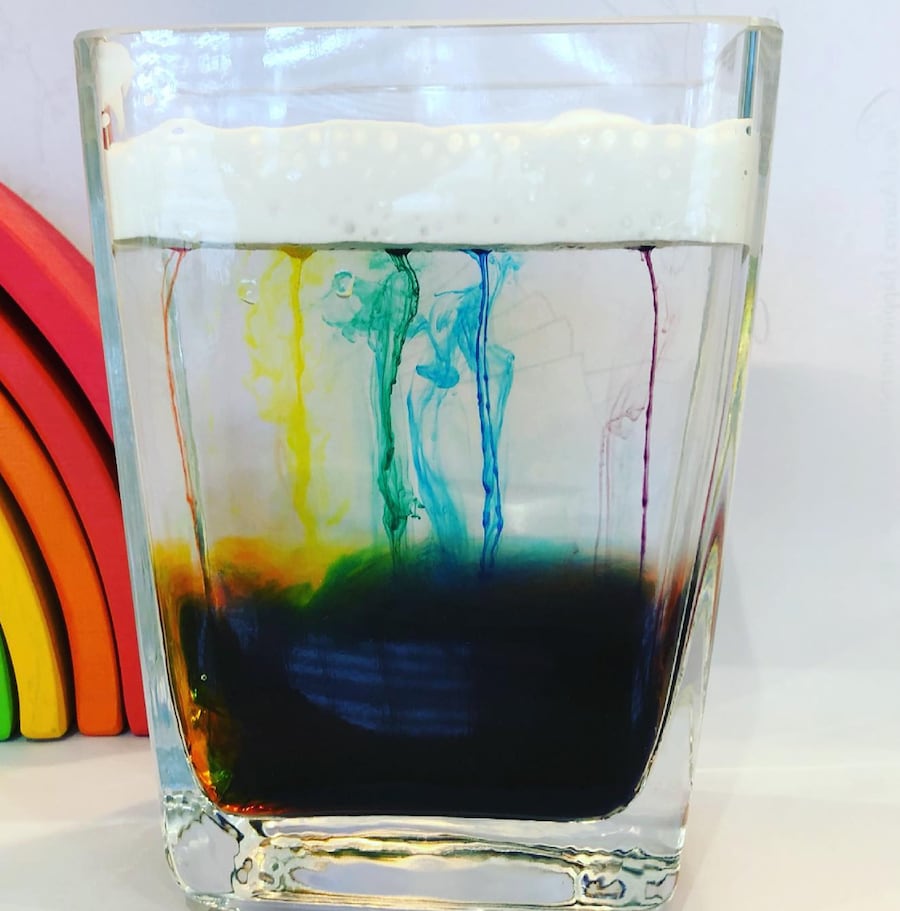
Make a colorful rainstorm in a glass using shaving cream and food coloring. In this rainbow rain clouds experiment, the folks at Paging Fun Mums explain how the shaving cream acts as a cloud, siphoning the food coloring as it is piped out of a dropper. As you can see from this photo shared by Instagrammer Loo Roll Mama, the result is an eye-catching rainbow rain shower that’s sure to leave kids in awe.
3. Can water make things disappear?
This at-home science experiment for kids from the popular TikTok science channel Mrs.B.TV teaches kids all about refraction, or the bending of light. Using clear water beads, it’s easy to demonstrate how water slows down light rays and can make things harder to see or even invisible. You can also hide objects inside the water beads and watch them magically appear when you add water, as shown in this holiday version of the water beads experiment.
4. Do all plants need light to grow?
Take advantage of the warmer gardening season to show kids how sunlight really affects plant growth. This is one of many easy science experiments to do at home because all you need is three cups of dirt and a few seeds. Place one cup in a sunny area, one in partial light and one in a spot that doesn’t get any sun. Use these plant growth experiment instructions from Clearway Community Solar to make a scientific notebook and record your surprising observations about the plants.
5. How does sunscreen work?
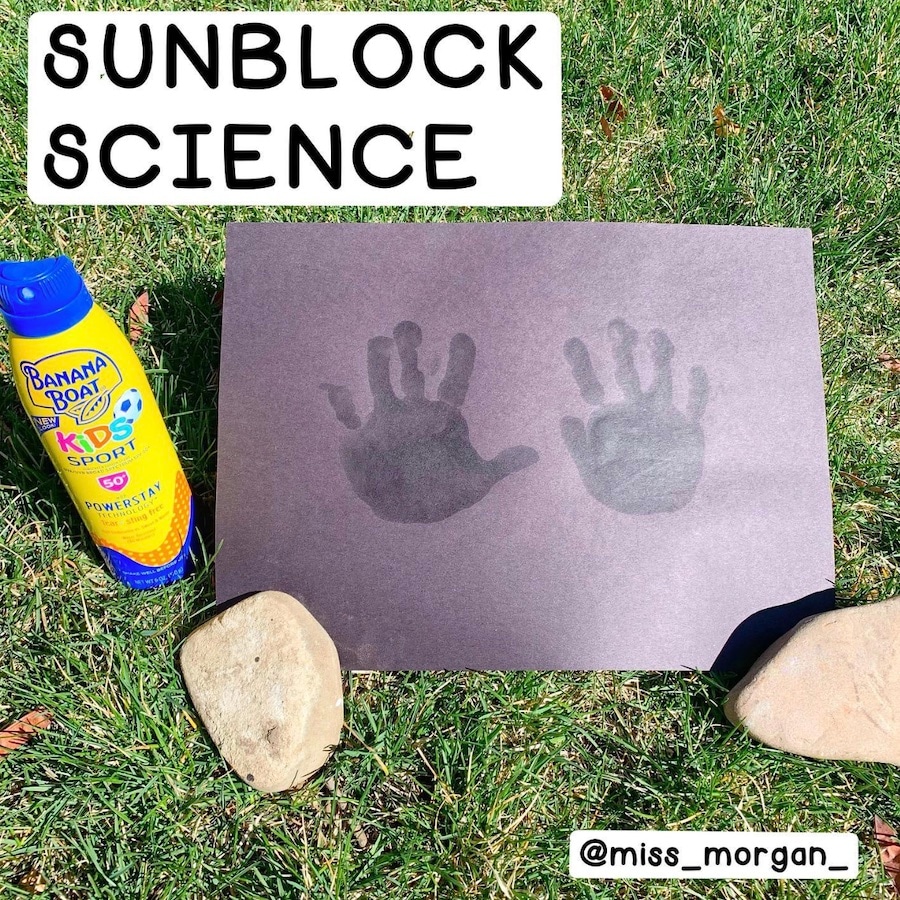
Drive home the importance of wearing sunscreen and have some fun at the same time. Using this sunblock science experiment from Miss Morgan, grab a can of sprayable sunscreen and some dark construction paper. Spray around kids’ hands or even objects, like flowers or plant stems, to create cool prints that show how powerful the sun’s rays can be when they aren’t blocked by sunscreen.
6. Can fire burn underwater?
This at-home science experiment for kids definitely requires parental supervision, but kids will be amazed at the results. Using a small candle and a glass, this underwater fire experiment from the Kids Fun Learning TikTok shows how trapped oxygen can help fire continue burning, even in a big jug of water. Try dropping a lit candle into the water first, then use the glass to push another candle below the surface and show how the fire keeps burning.
7. Is sugar really bad for your teeth?
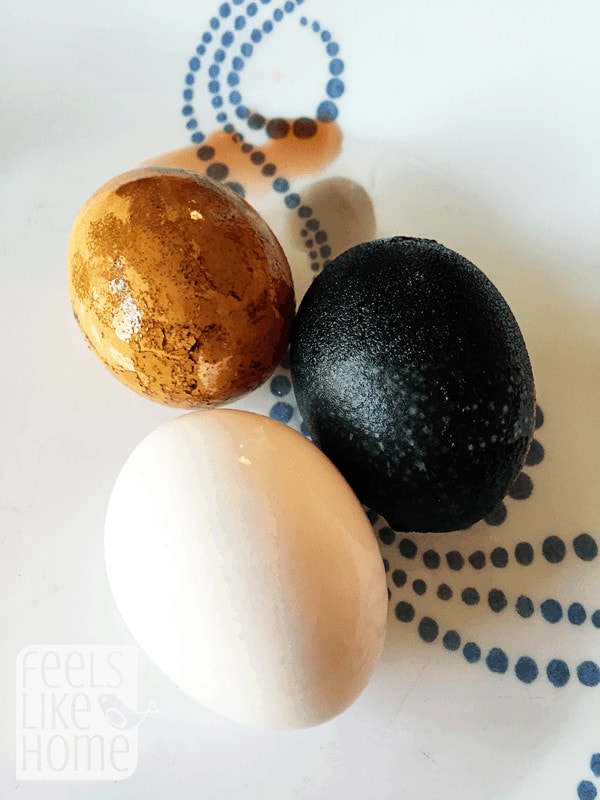
Kids are always told that too much sugar is bad for their teeth, but what really happens to your chompers when you drink too many sugary drinks and don’t brush your teeth well enough? This at-home sugary drinks science experiment from Feels Like Home is an easy way to find out. Just take a few eggs and soak them in various sugary drinks, like soda or energy drinks, for at least 24 hours. Then, observe the results. Check out the instructions for more interesting facts to share about sugar and teeth.
8. Why is the sky blue?
Next time one of your kids asks this question, you can be ready with an answer — and a cool “Why’s the sky blue?” science experiment to use for demonstration. Using instructions from NY Metro Parents, add a few drops of milk to a bowl of water, and then shine a light through it to show how light disperses and changes the appearance of the milk as it moves through it. It’s one of those easy science experiments to do at home that yields amazing results!
9. Are there waterproof flowers?
Put all those warm weather dandelions to good use! All you need is a cup of water and a dandelion seed head. As The Dad Lab demonstrates, when you dip a dandelion into water and then pull it back out, it looks completely dry. Why? Well, dandelions aren’t actually waterproof, but the seed head is structured to collapse when dipped in water, which prevents it from becoming saturated. It’s just one more way that nature is amazing.
10. Are any two fingerprints the same?
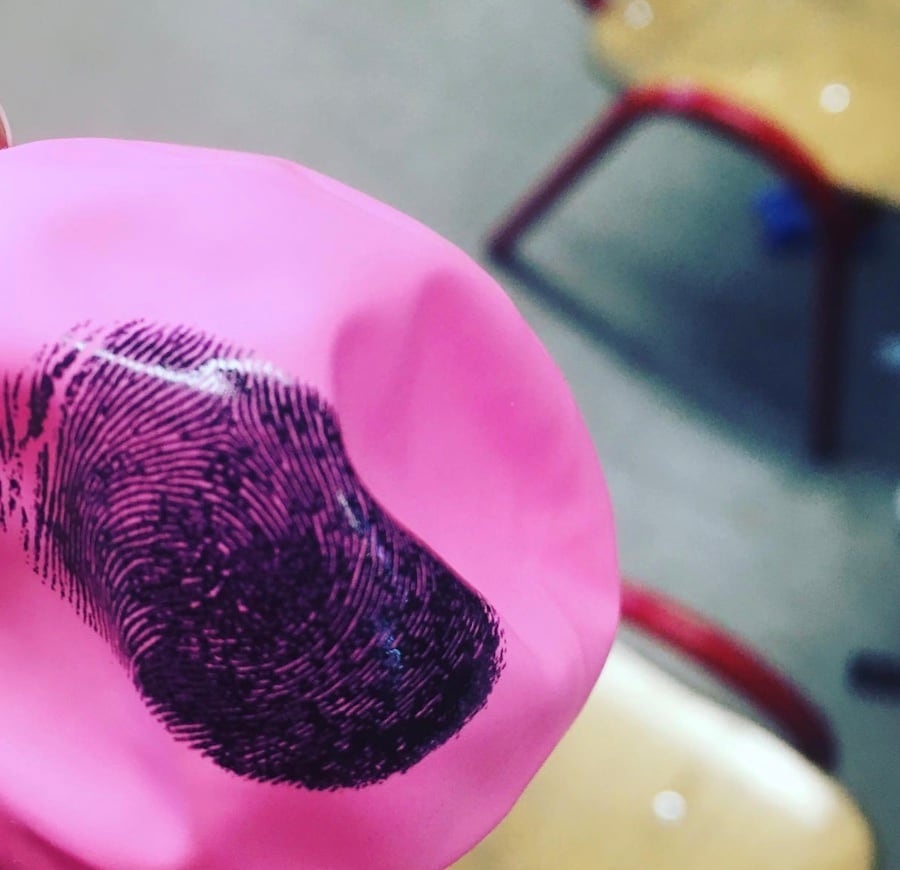
Do people’s fingerprints look the same? There’s only one way to find out. Instagrammer and educator Teacher Julieanne says her class went crazy for this simple fingerprint science experiment. Using ink pads, have kids place their fingerprints all over a balloon. Blow the balloons up, then compare all the little lines and spaces to see how unique the prints really are.
11. Does solar light really cook food?
The sun gives us light, energy and … cooking power? That’s right. Using this easy solar oven science experiment for kids from Desert Chica, kids can cook yummy s’mores using solar energy. All you need is some aluminum foil, a small pizza box, plastic wrap, s’more ingredients and a few other items. Kids can even decorate their ovens before they start to solar bake their awesome snacks!
12. How do you blow gigantic bubbles?
This one is super-easy (and super-fun!) to answer. This giant bubble recipe from Happy Hooligans uses dish soap, cornstarch and a couple other household ingredients to whip up a simple solution that will allow kids to make some seriously huge bubbles. It also shows you how to make a DIY gigantic bubble wand. All that’s left to do is compete to blow the world’s most enormous bubble.
13. Can flowers change colors?
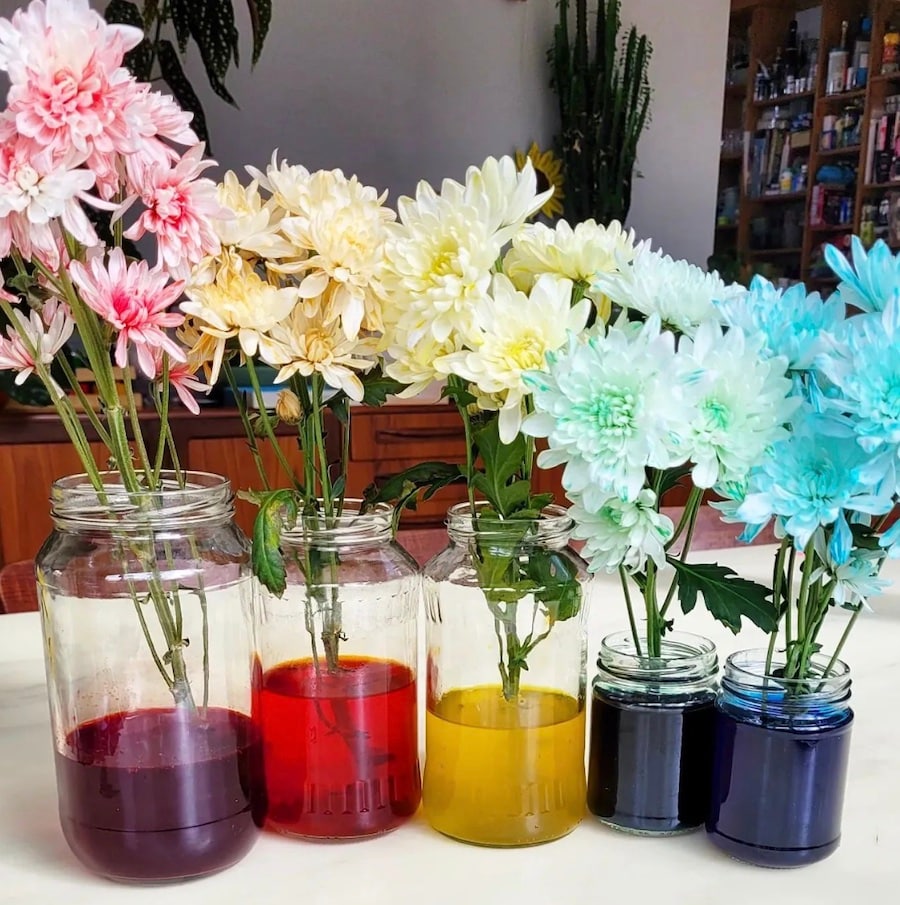
Flowers are known for their lovely colors, but kids may find them even more enchanting once they realize those colors can change. This simple flower-dying experiment, demonstrated here by The Sunny Playroom, uses jars of food coloring and water to make rainbow flowers. The stems soak up the colored water, and it colors the petals. It’s a great way to teach kids about the different parts of a flower and how they work.
14. Can you poke a bag of water without popping it?
What happens if you stick really sharp pencils through a bag full of water? The answer will delight the kids in your life. As this video from Grassfed Mama shows, you can pierce the bag over and over without it popping or leaking. Why? Well, plastic bags are made out of polymer. When poked, the molecules in the polymer seal around the pencil creating the magical effect.
15. Can you drop an egg without breaking it?
It’s time to conduct an egg drop. Gather supplies, like glue, tape, straws, various types of paper and other items from around the house. Then, challenge kids to construct a container that can protect an egg from breaking when it’s dropped. Once you’ve built your contraptions, go outside and drop the eggs to see if they work. Get inspiration for your builds from the egg drop project instructions at Buggy and Buddy.
16. How does sound work?
As grown-ups, we know sound travels in waves, but explaining that to kids can be tricky. That’s why this sound science experiment from Babble Dabble Do helps you show them, rather than just telling them. You’ll need a tuning fork, which you can order online, some plastic wrap, a bowl and colored sprinkles or rice. Then, take turns hitting the tuning fork and making the rice or sprinkles dance.
